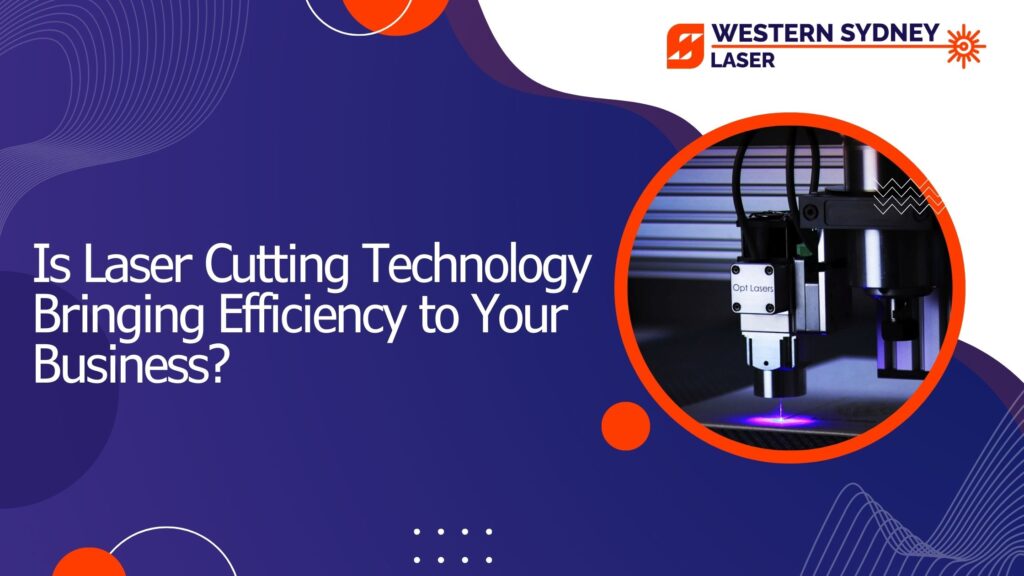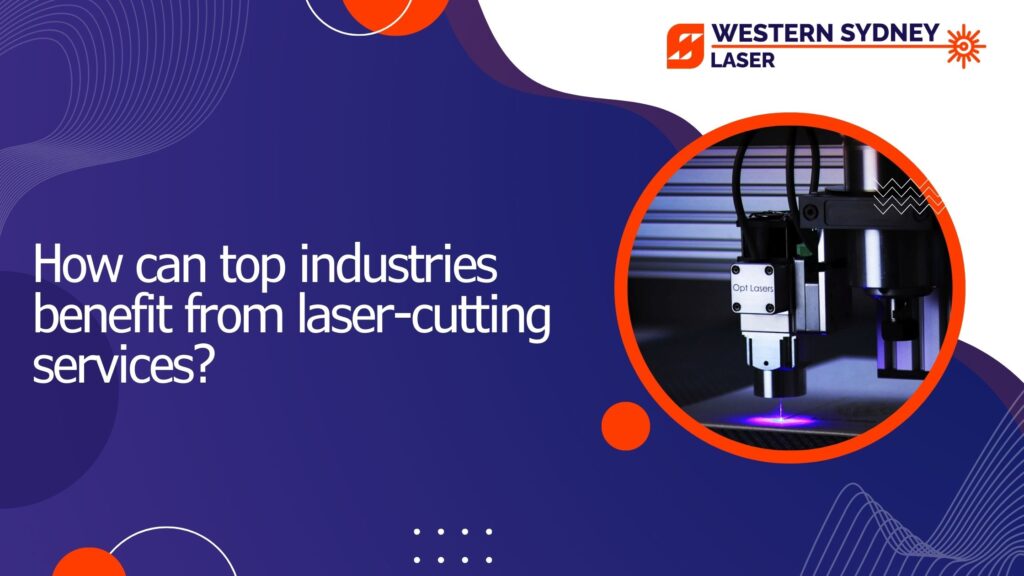Types of Laser Cutting Machines and How to Choose the Right Tool
Laser-cutting technology has indeed reinvented the manufacturing and designing business. It is accurate, versatile, and fit for manifold purposes. Be it intricate engraving or a high-speed cut in metal, choosing the suitable laser cutter makes a big difference in your efficiency and the quality of your output. This guide explains the four significant categories of laser cutters: fibre, CO2, Nd:YAG/ Nd:YVO, and diode lasers. It will help you choose the best one for your needs. Types of Laser Cutting Machines Fiber Lasers Currently, fiber lasers are the most widely used and superior technology in metal cutting. Fiber lasers amplify the laser beam with a medium that is a fiber optic doped with rare earth elements like ytterbium or erbium. This kind of laser emits near-infrared spectrum light at approximately 1.06 μm, a wavelength that is perfectly absorbed by metals. Advantages Convenient: It replaces the conventional with exceptional beam quality for precise, clean cuts, even in reflective metals. High Cutting Speeds: Fiber lasers grant higher cutting speeds than other types, making them ideal in high-throughput environments. Low Maintenance: With fewer moving parts and no mirrors, fiber lasers require less maintenance and have a longer life. Energy Efficiency: They use less power, hence reducing operational costs. Applications They work best in cutting metals such as stainless steel, carbon steel, aluminum, and brass. Nonmetallic materials usually are less suited, and CO2 lasers are typically used. CO2 Lasers CO2 lasers are among the oldest and most varied laser-cutting technologies. The gas mixture that is used to generate the laser beam involves carbon dioxide, nitrogen, and helium. The wavelength of these CO2 lasers is approximately 10.6 μm, which falls in the well-absorbed region of organic material and some non-metal materials. Advantages Material Variety: CO2 lasers are excellent at cutting or engraving non-metal materials such as wood, acrylic, leather, and paper. Cost-Effectiveness: CO2 lasers’ comparatively lower CAPEX and operational costs make them a decent option for a wide range of applications. Established Technology: Since the technology has been in the market for several decades, it garners tremendous support and expertise. Applications CO2 lasers work well in applications involving wood, plastics, textiles, and other nonmetallic materials. They can also cut metals, but they are less efficient and speedy than fiber lasers. Nd: YAG/Nd: YVO Lasers Nd:YAG, or neodymium-doped yttrium aluminum garnet, and Nd:YVO, or neodymium-doped yttrium vanadate, lasers are solid-state lasers that use neodymium ions to generate the laser light. Operation is within the near-infrared spectrum, around 1.064 µm for Nd: YAG and 1.34 µm for Nd: YVO. Advantages High Beam Quality: Nd: YAG and Nd: YVO lasers are well known for their high beam quality, which offers them a good opportunity for cutting applications and marking. Good on Metals: They are commonly excellent on stainless steel and aluminum but also work well with many metals for cutting and engraving. Applications Nd: YAG and Nd: YVO lasers are used in many applications that require high precision, such as cutting thin metal sheets or marking components. They are precious in industries requiring extremely high levels of accuracy, including the aerospace and electronics industries. Direct diode lasers The principle of direct diode lasers rests on semiconductor junctions used for generating laser light. They are relatively new and offer a variety of wavelengths—usually in the near-infrared spectrum—within the range of 900 to 1,100 nm. Advantages Energy Efficiency Electrical energy can be converted to laser light with very high efficiency in direct diode lasers. This economic advantage dramatically reduces running costs. Compact and Robust They generally come in a more compact package and robust design than other types of lasers, making them highly suitable for mobile applications and scenarios that require limited space. Applications It is suitable for cutting metal sheets and other nonmetallic materials. It is also applicable where small size and energy efficiency are significant for each production and electronic part. How to Choose the Appropriate Laser Cutting Machine? However, when choosing a laser cutting machine, the following aspects must be considered to meet your specific requirements. Material type and thickness: Laser cutting is highly dependent on the properties of the material. CO2 lasers cut non-metals like wood, acrylic, and paper more efficiently than fiber lasers, which are more efficient at cutting metals such as stainless steel and aluminum. A laser with a higher power range, for instance, might be required for thick materials. Edge quality and precision: Choosing a suitable laser will affect your cutting precision. Yttrium orthovanadate (Nd: YVO4) and neodymium-doped yttrium aluminum garnet (Nd:YAG) solid-state lasers are known for their performance and quality. Requirements for production speed: Fiber lasers are especially suitable for applications requiring rapid fabrication of sheet metal because of their high speed. Although CO2 lasers are slower than CO2 lasers, they are more versatile. Initial investment budget: This can be a determining factor. Lasers that use diodes are usually less expensive than lasers that use CO2 or fiber. Costs of operation and maintenance: The maintenance requirements for different laser types may vary. In contrast to fiber lasers, CO2 laser cutters may need frequent maintenance due to complex mirror control systems and gas mixtures. Typical application: Laser cutting doesn’t just involve slicing materials. It depends on your needs – engraving, drilling, or slicing – as to which laser is best for you. The CO2 laser, for instance, is an excellent tool for engraving wood and glass. Energy consumption and efficiency: CO2 lasers consume more energy than fiber lasers despite being more capable. The ability to understand power consumption has the potential to impact operations costs, especially at large scales significantly. Environment and space: Laser types vary in their space requirements. It takes more space for the CO2 resonator, while laser modules made of fiber are small, often the size of a briefcase. Conclusion The selection of appropriate laser-cutting machines should balance factors like material types, desired speed of cutting, precision, and budget. Fibre lasers perform exceptionally in
Types of Laser Cutting Machines and How to Choose the Right Tool Read More »










